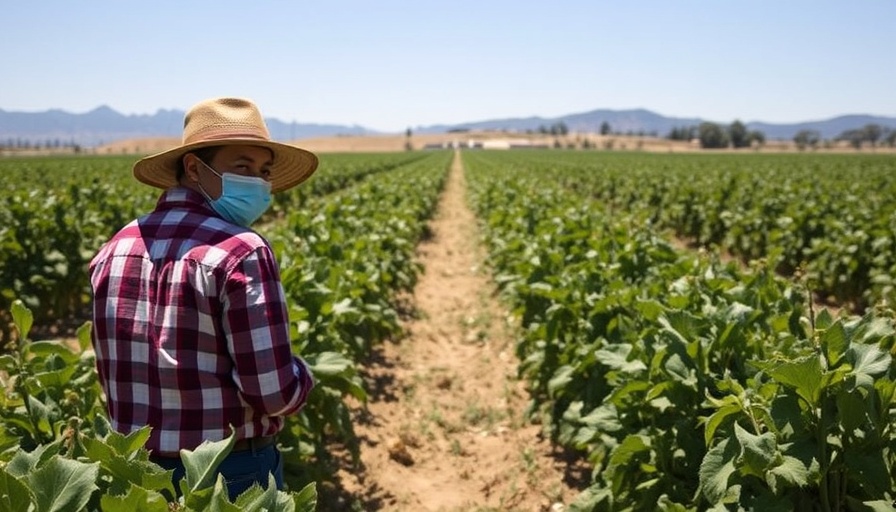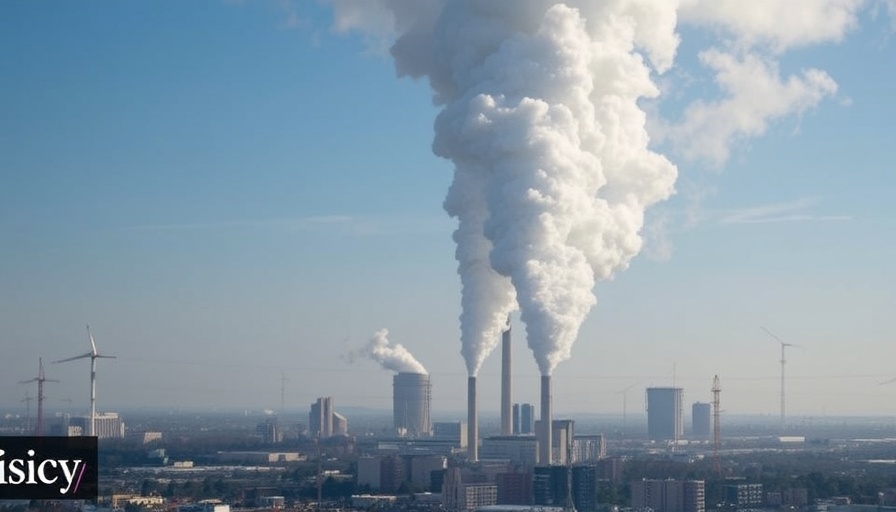
Unseen Heroes: The Backbone of California's Agriculture
In the lush Salinas Valley, known as the "salad bowl of the world," undocumented farmworkers quietly form the backbone of California’s thriving agricultural sector. Although there are rich fields of produce visible, the hard work behind them often goes unnoticed, as many undocumented workers face life in the shadows due to increasing surveillance and a hostile political climate.
Life Under Intrusive Oversight
The past few months have seen a rise in Immigration and Customs Enforcement (ICE) raids throughout California, casting a long shadow of fear over the undocumented farming community. Stories like that of Peligro, the overseer of a cauliflower harvest, illuminate the emotional toll this climate entails. Despite his years of hard work, Peligro is faced with complex immigration challenges that threaten to separate him from his family for good, a concern many of his colleagues share.
Estimates suggest that about 80% of workers in Peligro's crew lack legal status, reflective of a national issue where approximately half of U.S. farm workers are undocumented. The psychological effect of this uncertainty leads to self-imposed lockdowns, as workers opt to stay home instead of facing potentially life-altering consequences should they encounter ICE officials.
The Importance of Community
The plight of these workers is more than just a story of individual struggle; it’s about community resilience. Families depend heavily on these workers, not only to secure food for the nation but also to maintain the economic stability of regions like Salinas. Community networks, such as the Rapid Response Network, actively support these workers, signifying a sense of solidarity amidst adversity.
Facing the Future: Anxiety vs. Hope
Despite the fears, many workers like Peligro cling to hope. They dream of a future where their families can be united without the dread of deportation hanging over them. Unfortunately, the political landscape reflects a reality where dreams can be shattered by the swipe of a pen. The stakes are high as they try to navigate their aspirations alongside the pressures of an increasingly regulated environment.
A Call for Understanding
This article underscores the need for greater awareness about the contributions of undocumented farmworkers in California; acknowledgment of their struggles is crucial for influencing dialogue around immigration reform. The community’s well-being and the nation's food security are deeply interconnected, forming a pivotal conversation that cannot be overlooked.
In a stunning twist, the political narrative around undocumented workers could either bring about change, or create more chaos, emphasizing the essential nature of empathy in discussions about immigration policy. Policymakers must hear these voices rather than silencing them.
As homebuyers, sellers, and property investors consider market dynamics in places like Dumfries, remember the resilience of communities they are part of, and the delicate balance of the lives that underpin our economy.
Get Involved: Your Role Matters
Awareness and action are critical. Speak out in your community, support organizations that protect immigrant rights, or volunteer for groups that advocate for fair treatment of farmworkers. In doing so, you’re not just backing a cause — you’re investing in the future of your community and the country.
 Add Row
Add Row  Add
Add 





Write A Comment